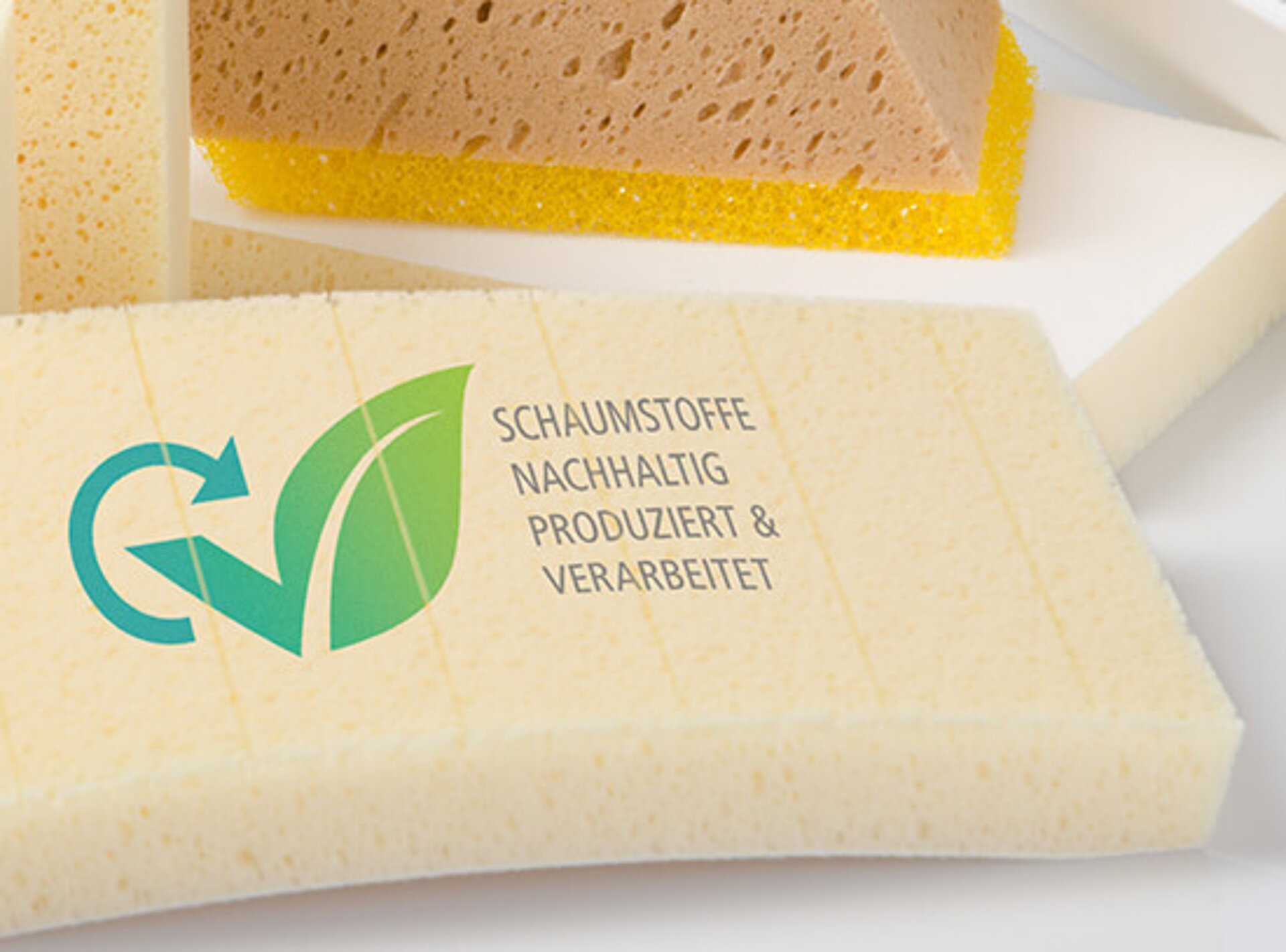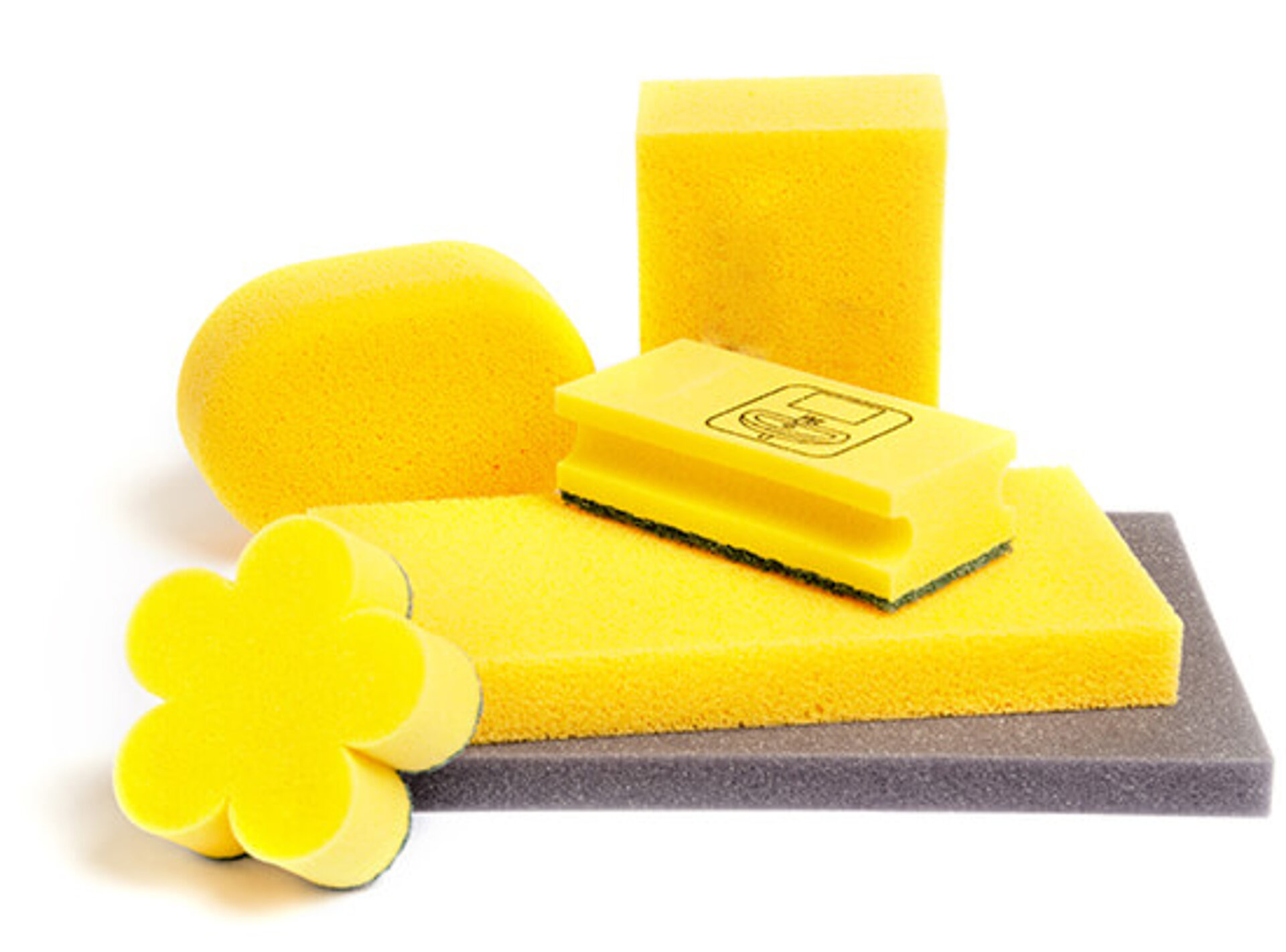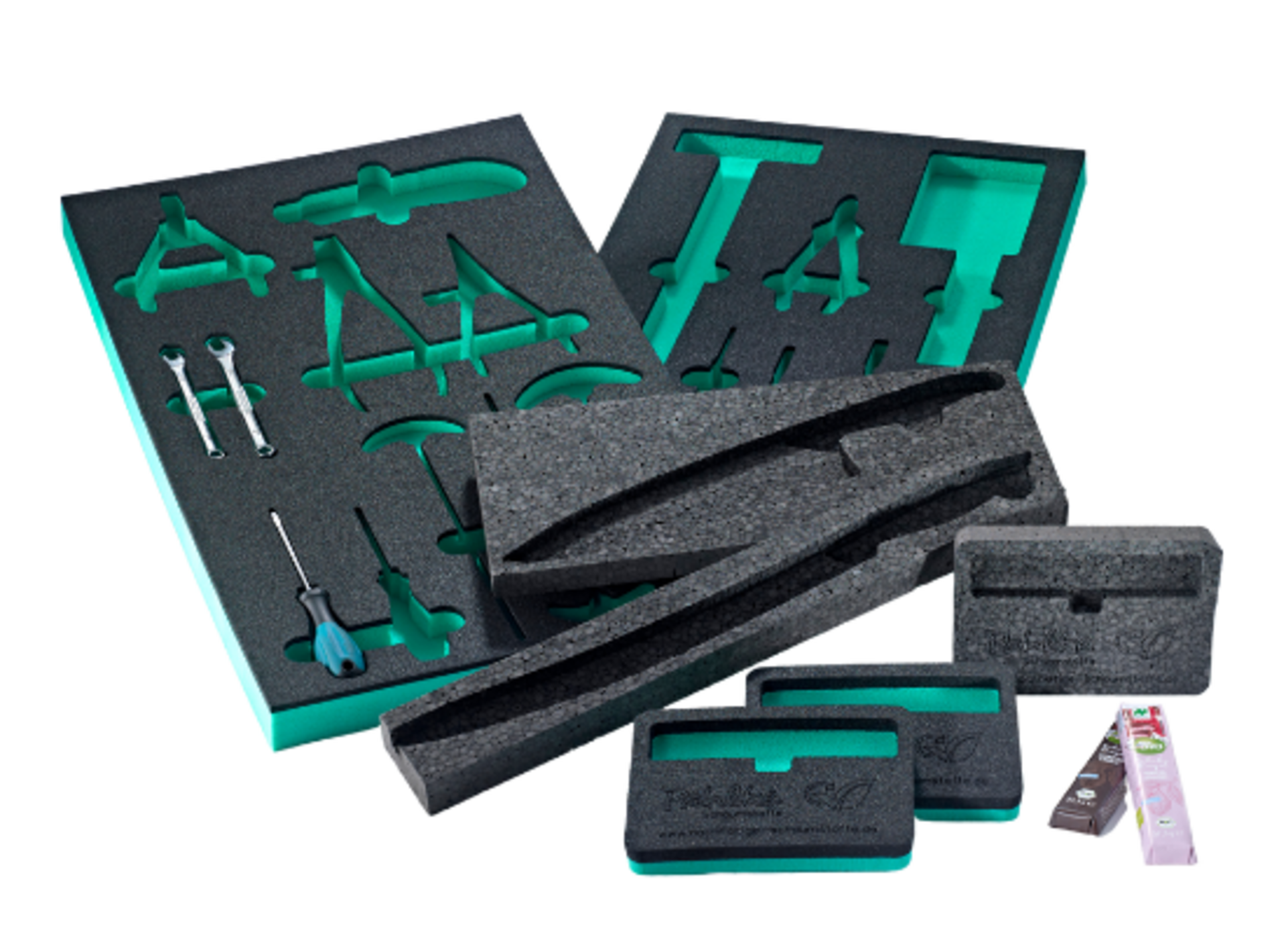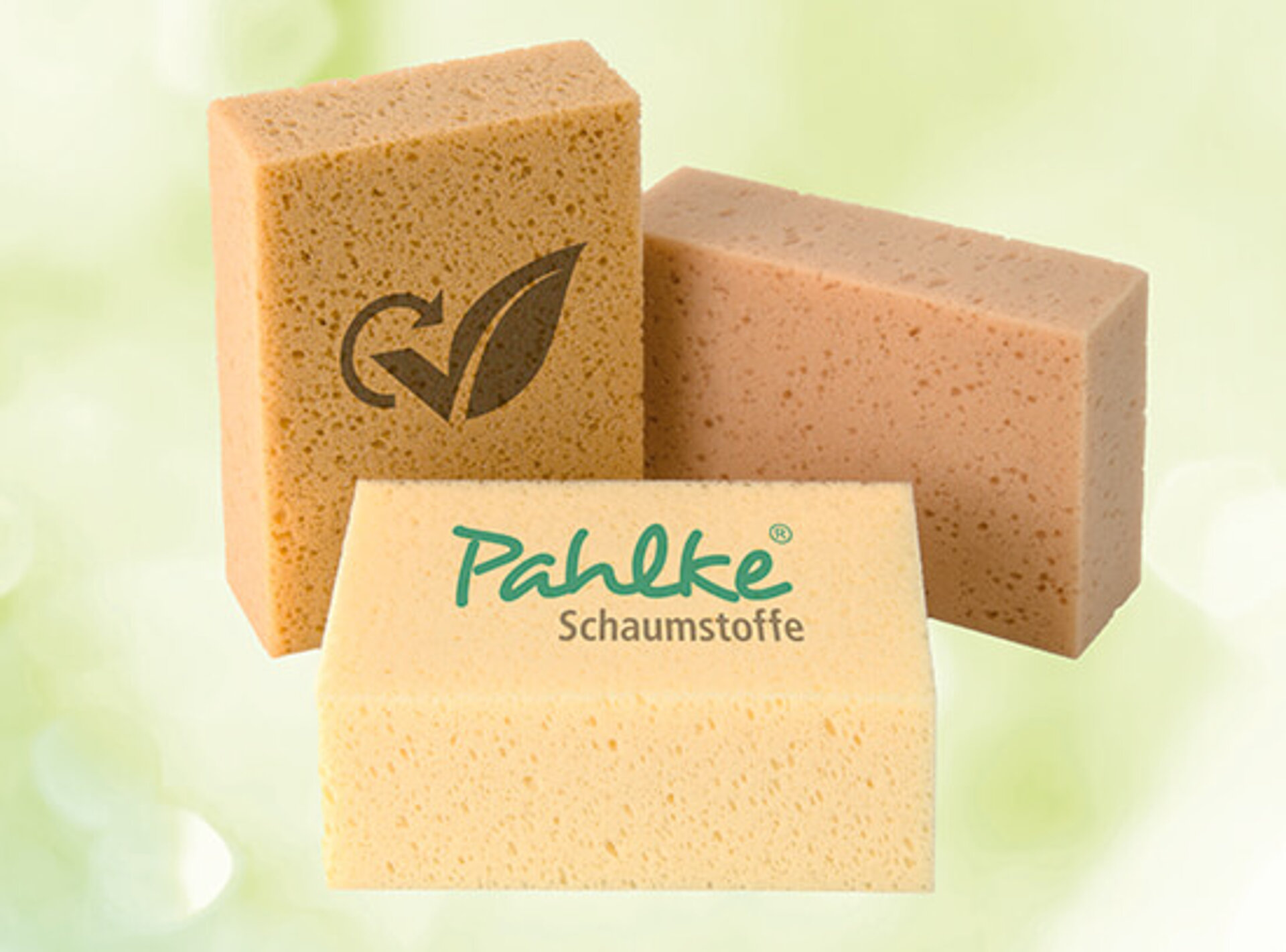Protect the environment, conserve resources, use sustainable foam materials
Sustainable foam materials—the alternative
In the past, polyurethane (PUR) foams were produced primarily from raw materials based on crude oil, with polyols being an important component. Today, there are various methods for producing foam materials with a steadily increasing sustainable content. These techniques reduce the proportion of fossil components, lower climate-damaging CO2, or utilise various recycling options to decrease the use of new resources by means of a circular economy. All of the new procedures have one thing in common: they make a valuable contribution to protecting the climate and the environment and positively influencing the ecological footprint.
Foam materials with a sustainable component can replace conventional products in a wide range of markets.

Foam materials based on renewable raw materials
In the production of polyols, one of the main components of PUR foam materials, crude oil (petroleum) is partially replaced by vegetable oils. In principle, various vegetable oils, such as rapeseed, soya, palm, or castor oil, can be used. When castor oil is used in polyols, for example, a sustainable proportion of up to 65% can be achieved in the foam material.

Foam materials with chemical recycling
The production of semi-finished and finished products made of PUR foam results in material residues. These residues are recycled by turning them into new polyols through the chemical process of solvolysis. These recycled polyols are incorporated into the production of foam materials. Their addition makes it possible to achieve a sustainable proportion of up to 17% in the foam.

Mass-balanced foam materials
During the production of mass-balanced foam materials, petroleum-based isocyanate TDI, is replaced in whole or in part by recyclable raw materials. Raw materials for the production of recycled TDI can include both industrial and agricultural waste, such as used tyres and used cooking oil. By means of chemical recycling, these waste materials are broken down into their basic chemical components, from which new isocyanates can be produced.
Learnfilm about sustainable foams
In this video we explain the four different processes for producing sustainable foams. Find out what Processes are available and how they work. Sustainable foams should also be processed as environmentally friendly as possible. You can also get an insight about this in the following video.
Have fun with the learnfilm about sustainable foams.
Sustainably processed “green” foam materials
Consistent action means processing sustainable foam materials in a way that is as sustainable as possible. This is done in processes that minimise negative impacts on the environment while conserving energy and natural resources. With the use of green power, biogas, photovoltaics to cover energy requirements, energy-optimised building structures, and energy-efficient lighting in production, through to production processes that minimise waste and recycling strategies, manufacturing methods also make a significant contribution to protecting the environment.
Seal for sustainably produced and processed foam materials
Recognising “green” foam materials at a glance
Foam materials with a sustainable component are visually indistinguishable from conventionally manufactured products—perfect for use, but they are not immediately apparent to the user. There is now a seal for this: any foam product with this label is guaranteed to be made of foam materials with a sustainable component.
More and more people are interested in sustainable foam materials
Many people prefer sustainable products. These are gaining in market share against conventional products. Therefore, sustainably produced products belong in every range and offer high growth rates. This also applies to foam materials. Sustainable thinking and action is firmly anchored in many companies, employees act in an environmentally conscious manner, and customers choose companies that take responsibility and position themselves sustainably. Although sustainable action is more expensive in the short term, it enhances a company’s image, offers competitive advantages, and demonstrates responsibility, innovative capacity, and long-term thinking based on social, economic, and environmental accountability.
Sustainable PE foams as an alternative
In addition to conventional PE foams, we can now also offer sustainable PE foams. Due to their closed cell structure, sustainable PE foams are used just like conventional PE foams for damping, insulating and sealing as well as in the packaging sector.
The sustainable alternatives also have properties such as low density, excellent aging and weather resistance, good sound insulation and heat insulation and very good resistance to standard acids, alkalis and other chemicals.
An initiative by Pahlke Schaumstoffe
Future viability should be recognised, which is why we are the initiator behind the seal for sustainable foam materials. Together with suppliers and project partners, we have been working with conviction for many years on the development and marketing of foam materials with sustainable components and their sustainable processing. In addition, we are a signatory of the statement drawn up by Entrepreneurs for Future and a member of the BNW Bundesverband für nachhaltige Wirtschaft e. V. (German Federal Association of Green Business).




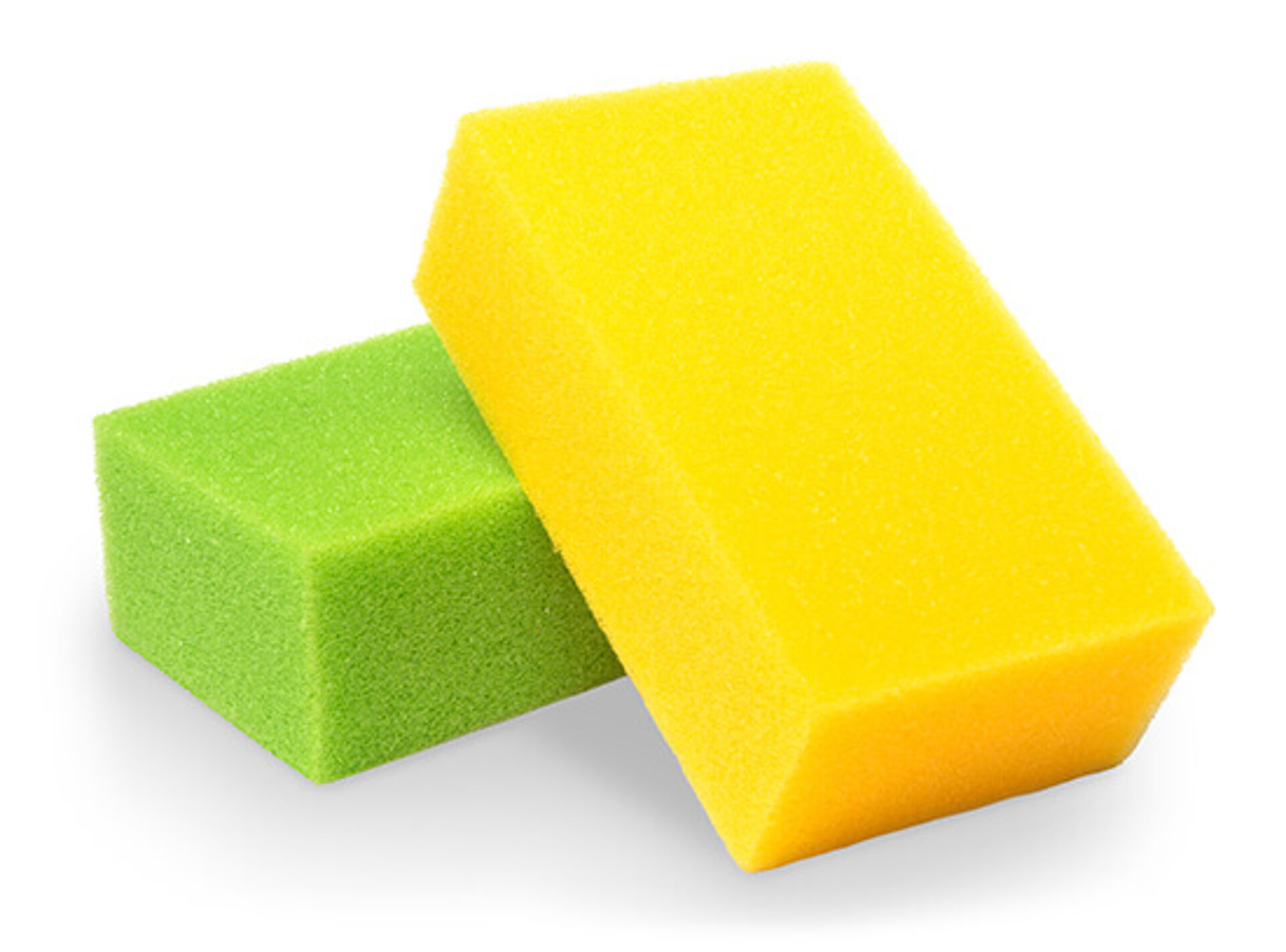
![[Translate to English:] Erklärfilm-nachhaltige-schaumstoffe [Translate to English:] Erklärfilm über nachhaltige Schaumstoffe](/fileadmin/_processed_/a/3/csm_nachhaltige-schaumstoffe-erklaervideo_641ad6de6a.png)

